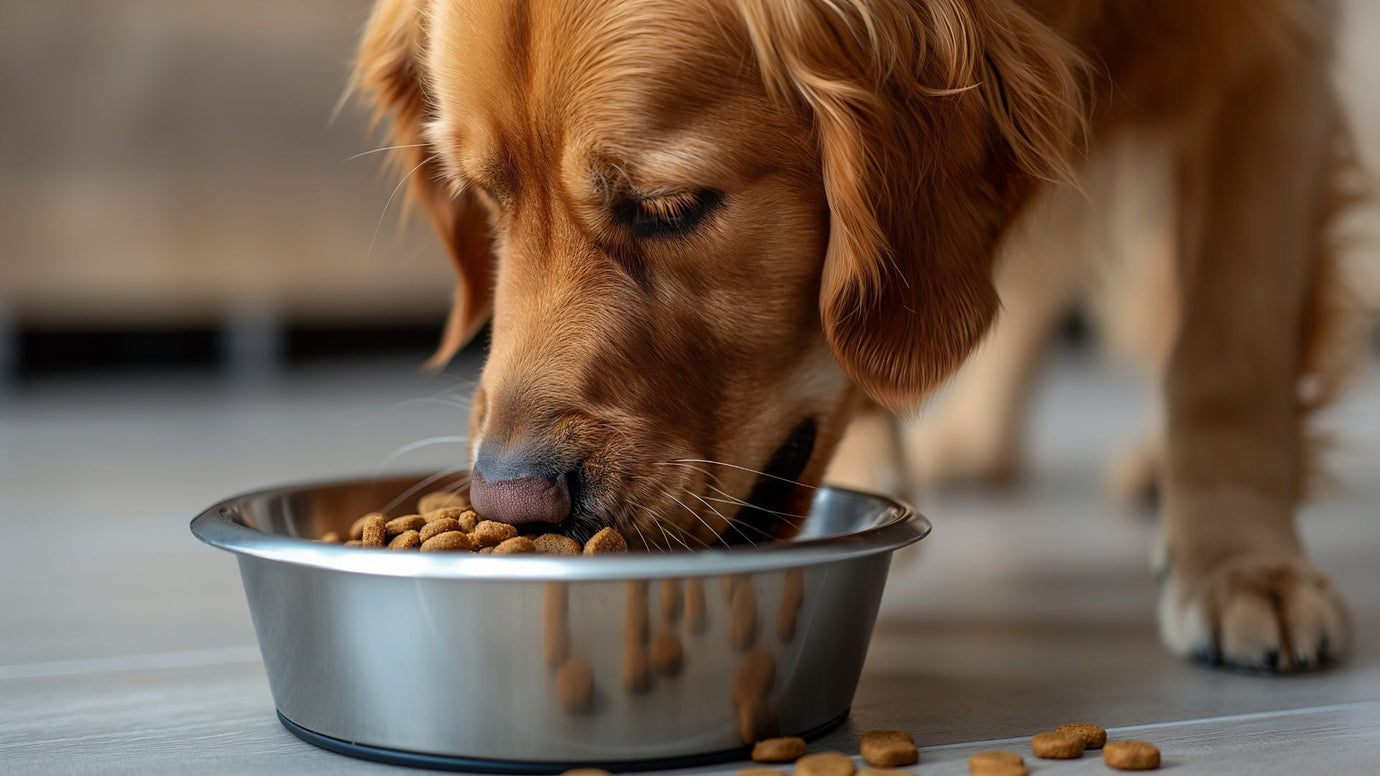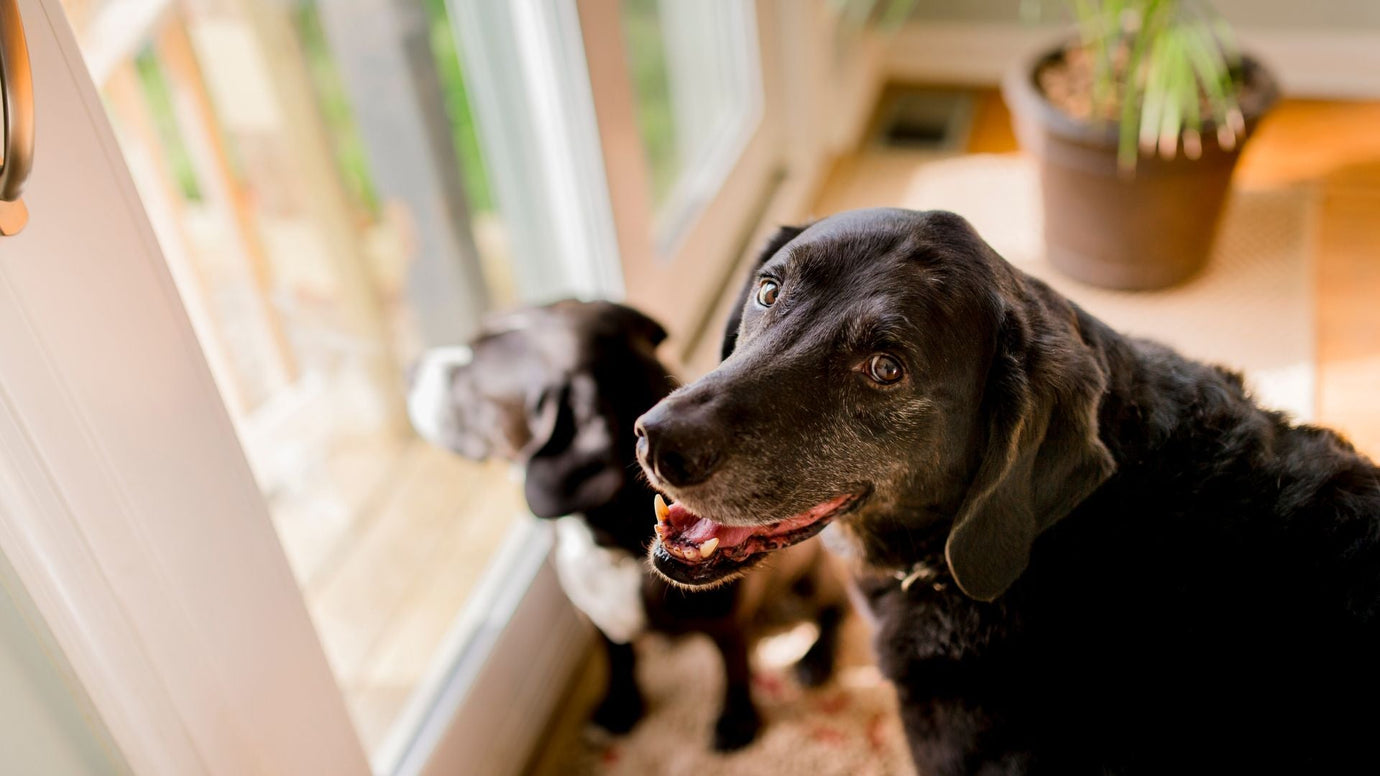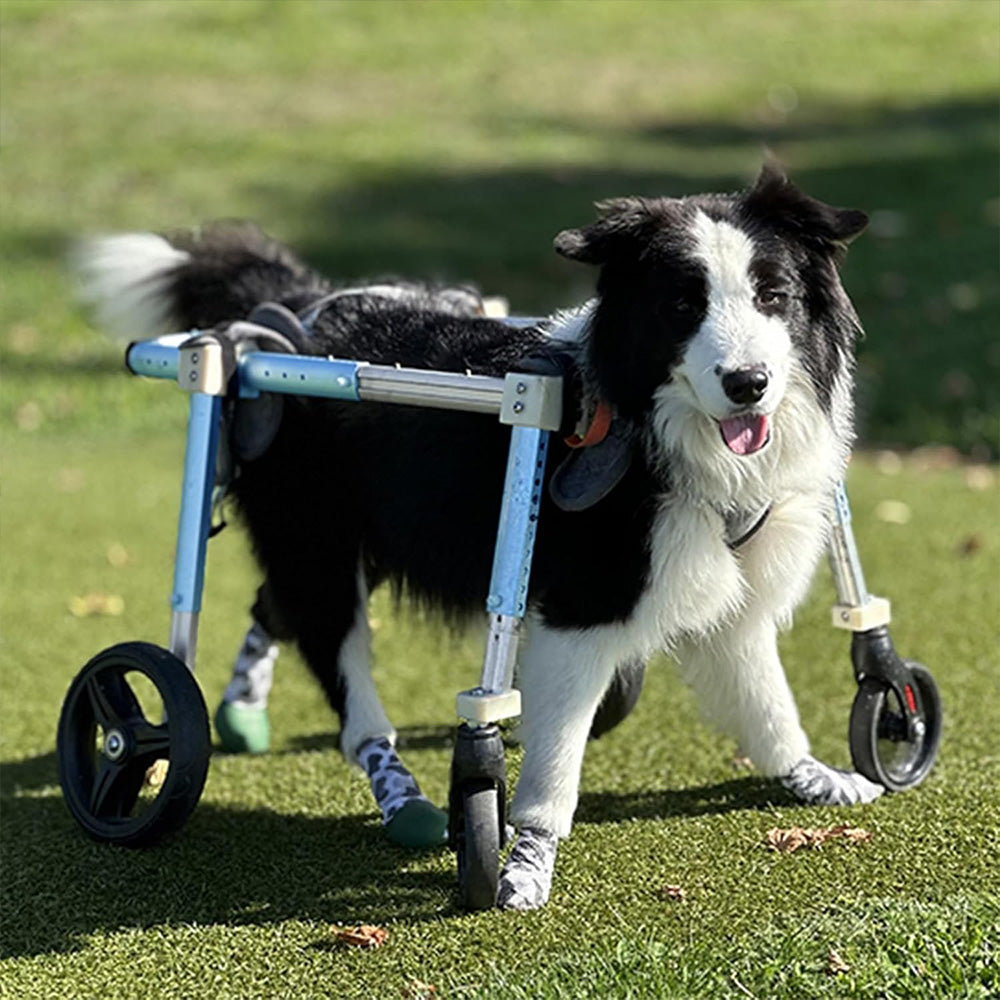Understanding and Managing Weight in Senior Dogs: A Guide for a Healthy Golden Age
As our loyal companions enter their senior years, their bodies undergo a series of changes, and one of the most critical aspects to monitor is their weight. Maintaining a healthy weight for senior dogs is not just about aesthetics; it is a cornerstone of their overall health, comfort, and longevity. Both obesity and unintended weight loss can be indicators of underlying health issues and can significantly impact a senior dog’s quality of life.
This article will explore the complexities of senior dog weight management, discussing the reasons behind weight fluctuations in older dogs, the risks associated with being overweight or underweight, and practical strategies to help your aging friend maintain a healthy body condition.
Why Weight Management is Crucial for Senior Dogs
As dogs age, their metabolism naturally slows down, and they often become less active. This combination makes them prone to weight gain and obesity. According to the Association for Pet Obesity Prevention, over 50% of dogs in the United States are overweight or obese [1]. For senior dogs, carrying excess weight can be particularly detrimental.
The Risks of Obesity in Senior Dogs:
- Increased Stress on Joints: Excess weight puts significant strain on aging joints, exacerbating the pain and inflammation associated with arthritis, a common ailment in senior dogs.
- Aggravation of Chronic Diseases: Obesity can worsen conditions like heart disease, respiratory problems, and diabetes.
- Reduced Mobility and Quality of Life: Overweight dogs are often less active, have difficulty moving around, and may struggle with daily activities like getting up, climbing stairs, or going for walks.
- Shorter Lifespan: Studies have shown that maintaining a lean body condition can extend a dog’s life by up to two years [2].
On the other hand, unexplained weight loss in senior dogs can be a red flag for serious health problems, such as kidney disease, dental issues, cancer, or diabetes. Therefore, regular monitoring of your senior dog’s weight is essential for early detection of potential health concerns.
Understanding the Causes of Weight Changes in Senior Dogs
Several factors contribute to weight fluctuations in older dogs:
- Slower Metabolism: As dogs age, their metabolic rate decreases, meaning they require fewer calories to maintain their body weight.
- Reduced Physical Activity: Arthritis, decreased energy levels, or other health issues can lead to a more sedentary lifestyle.
- Changes in Appetite: Some senior dogs may have a decreased appetite due to dental pain, digestive issues, or other underlying medical conditions. Conversely, some may have an increased appetite due to certain medications or health problems.
- Underlying Medical Conditions: A wide range of diseases can cause weight gain or loss in senior dogs. This is why any significant change in your dog’s weight should be evaluated by a veterinarian.
Strategies for Effective Senior Dog Weight Management
Managing your senior dog’s weight requires a multi-faceted approach that includes diet, exercise, and regular veterinary care.
1. Consult Your Veterinarian
Before making any changes to your dog’s diet or exercise routine, it is crucial to consult your veterinarian. They can perform a thorough examination, determine your dog’s ideal body weight, and rule out any underlying medical conditions that may be causing weight changes. Your vet can also provide a tailored weight management plan for your dog.
2. Choose the Right Diet
Senior dog diets are specially formulated to meet the nutritional needs of aging dogs. These diets typically have:
- Fewer Calories: To account for a slower metabolism and reduced activity levels.
- Higher Fiber: To help your dog feel full and satisfied, which can aid in weight loss.
- High-Quality Protein: To help maintain muscle mass, which is crucial for strength and mobility.
- Added Nutrients: Such as glucosamine and chondroitin for joint support, and antioxidants to boost the immune system.
When transitioning to a new food, do so gradually over a period of 7-10 days to avoid digestive upset.
3. Practice Portion Control
Even with the right food, portion control is essential. Follow the feeding guidelines on the dog food packaging, but be prepared to adjust the amount based on your dog’s individual needs and activity level. Using a measuring cup is more accurate than simply “eyeballing” the food.
4. Limit Treats
Treats should make up no more than 10% of your dog’s daily caloric intake. Opt for low-calorie treats or healthy alternatives like green beans, carrots, or small pieces of apple. Avoid giving table scraps, which are often high in fat and calories.
5. Encourage Regular, Gentle Exercise
Exercise is vital for maintaining a healthy weight and keeping your senior dog’s joints mobile. However, the type and intensity of exercise should be appropriate for their age and physical condition. Instead of long, strenuous runs, consider:
- Short, frequent walks: Several shorter walks throughout the day can be easier on their joints than one long walk.
- Swimming: This is an excellent low-impact exercise that is gentle on the joints.
- Gentle play: Indoor games like “find the treat” or gentle fetch can provide mental and physical stimulation.
Always watch for signs of fatigue or pain, and never force your senior dog to exercise if they are not up for it.
Conclusion
Understanding and managing weight in senior dogs is a proactive and loving way to care for your aging companion. By working closely with your veterinarian, providing a balanced diet, practicing portion control, and encouraging gentle exercise, you can help your senior dog maintain a healthy weight and enjoy a comfortable, happy, and vibrant life in their golden years. Regular monitoring and a commitment to their well-being will ensure that you are providing the best possible care for your faithful friend.
Frequently Asked Questions (FAQs)
Q1: How can I tell if my senior dog is overweight?
A1: You should be able to feel your dog’s ribs without pressing too hard, and they should have a visible waistline when viewed from above. If you cannot easily feel their ribs or they have no discernible waist, they are likely overweight. Your veterinarian can provide a definitive assessment.
Q2: My senior dog is losing weight but still eating. Should I be concerned?
A2: Yes, this can be a sign of an underlying health problem. It is important to consult your veterinarian to determine the cause of the weight loss.
Q3: Is it safe for a senior dog to lose weight?
A3: Yes, if done correctly and under the guidance of a veterinarian. A slow and steady weight loss of 1-2% of their body weight per week is generally considered safe and effective.
Q4: What are the best dog foods for senior dog weight management?
A4: Look for dog foods specifically formulated for senior dogs and weight management. These diets are typically lower in calories and fat, and higher in fiber and protein. Your veterinarian can recommend a specific brand that is appropriate for your dog’s needs.
Q5: How can I help my senior dog be more active?
A5: Focus on gentle, low-impact activities like short walks, swimming, or indoor games. Puzzle toys and food-dispensing toys can also provide mental stimulation and encourage movement.
References
[1] Association for Pet Obesity Prevention. (2022). 2022 Pet Obesity Survey Results.
[2] Kealy, R. D., Lawler, D. F., Ballam, J. M., Mantz, S. L., Biery, D. N., Greeley, E. H., ... & Stowe, H. D. (2002). Effects of diet restriction on life span and age-related changes in dogs. Journal of the American Veterinary Medical Association, 220(9), 1315-1320.
[3] VCA Animal Hospitals. (n.d.). Obesity in Dogs.







